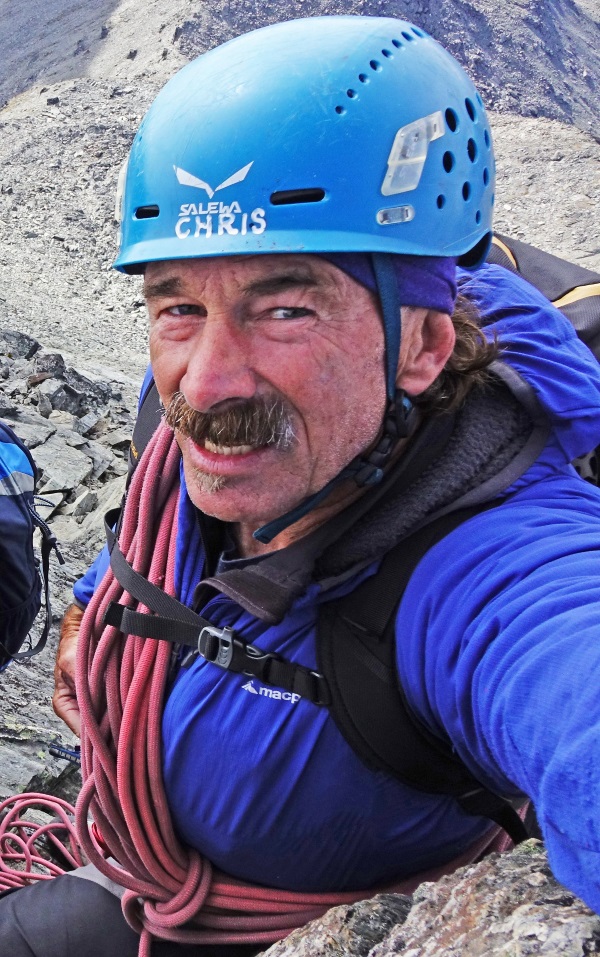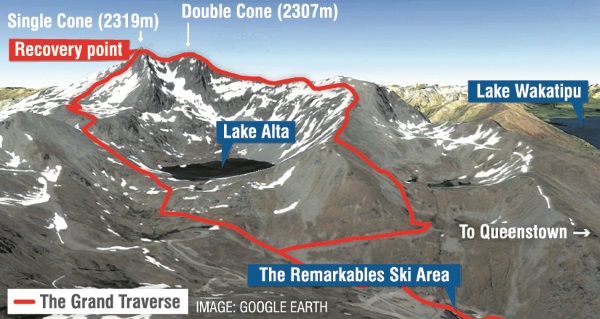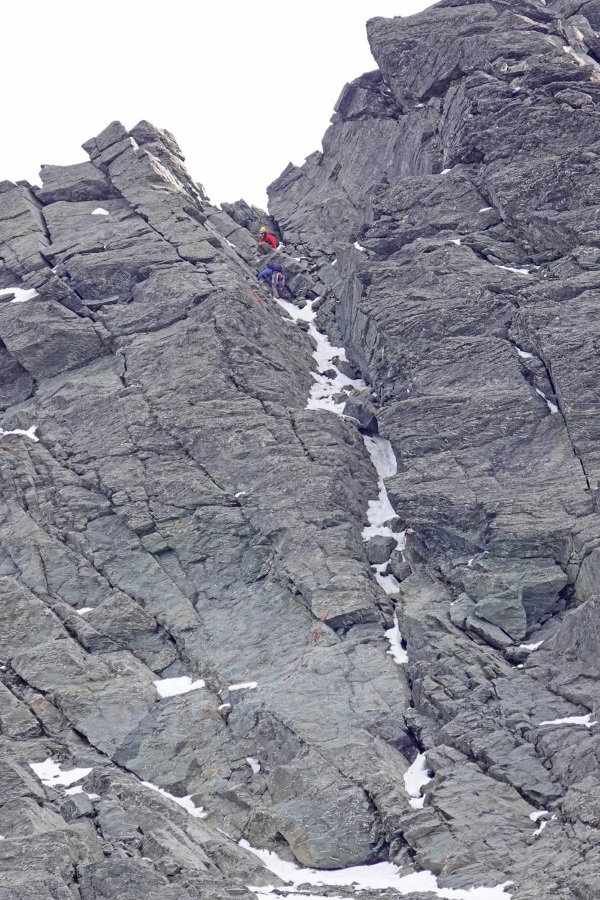After a person took a terrible tumble off Single Cone, close to the top of Queenstown’s Remarkables, last Thursday, an experienced local mountain guide is warning it’s not your average Sunday stroll.
Speaking generally, Chris Prudden says too often people develop ‘summit fever’ near the top and don’t heed the risks associated with a tricky climb.
An Otago Southland Rescue Helicopter spokesperson confirms last week they ‘‘responded … to a person that had fallen, sustaining critical injuries’’, 50 metres below the summit of Single Cone.
‘‘With the weather closing in, the team left the [Queenstown Airport] hangar within five minutes and located the patient five minutes later.
‘‘A critical care paramedic was offloaded to provide brief medical care before the paramedic and injured person were winched back on board.
‘‘The patient was initially taken to the rescue helicopter base for medical stabilisation before being transported to hospital.’’
At the time of the incident, Prudden, who’s climbed Single Cone ‘‘a few hundred times’’, was guiding clients who’d just summited.

Chris Prudden
From about 200 to 300m away, he heard loud screaming — ‘‘it’s a bit more than someone going ‘yahoo’, that’s the sound of something going wrong’’.
Simultaneously, the climber’s companion was letting off some expletives, he says.
‘‘We couldn’t see any thing, we just kept walking.
‘‘We got down to Wye Saddle and then all of a sudden the helicopter comes ripping over.’’
It’s understood the climbers tackled a rock slab beside a gully which they baulked at going up.
Prudden says the one who fell luckily landed on a ledge below the summit — ‘‘below that ledge there’s like a 200m drop’’.
Even so, it’s believed he sustained bad head injuries.
‘It’s not your average Sunday stroll’
The temperature was about zero and a cloud bank was lingering around the peak, Prudden notes.
He suggests anyone tackling Single Cone needs a degree of experience, equipment and/or both.

‘‘People are out there doing this mountain running gig, they take a water bladder on their back and off they go with a light pair of shoes and stuff — but it’s not recommended.
‘‘It’s at the point where there’s some difficulty and risk factor that takes it above your Sunday walk.’’
The problem, he suggests, is ‘‘the old summit fever thing’’.
‘‘Getting to the summit takes over and they forge on and take that risk.
‘‘We local guides talk about it, ‘isn’t it bloody amazing how many people go up there and wander around with no knowledge and very little gear and don’t come adrift?’
‘‘You see people day after day doing that and you think, how the hell can they get up here and get back down again, without [incident]?
‘‘It’s that luck thing, but in this case the luck ran out.’’
Prudden says he doesn’t want to play the ‘mountain policeman’, but, when guiding he often stops to help others who might get into difficulty.
‘‘Up until a year ago, I was on the mountain rescue [team], so you always think, ‘I might end up coming back here tonight to pick these
people up’.’’




